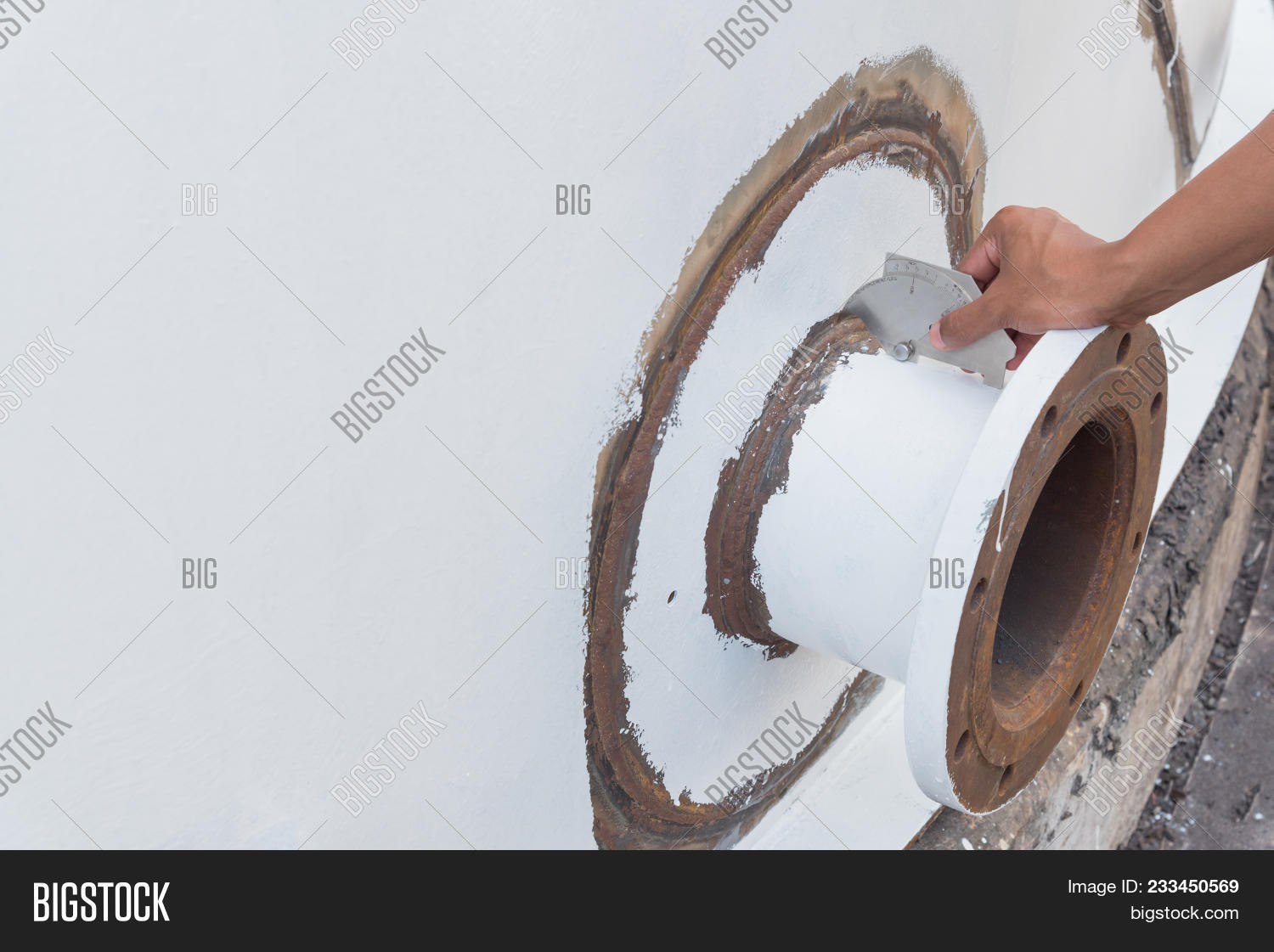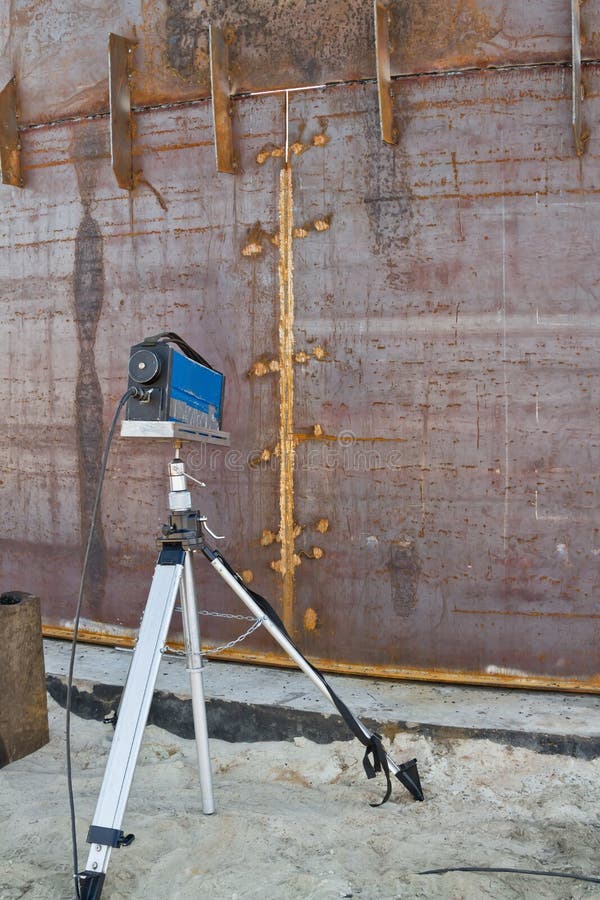
Recognizing the Value of Rigorous Storage Tank Welding Evaluation Processes in Fighting Failings and Enhancing Lifespan
In the world of commercial procedures, the importance of rigorous storage tank welding examination procedures can not be overstated. By executing different inspection methods, companies can discover problems early, therefore preventing costly effects and expanding the life of their storage tanks.
Significance of Welding Inspections
Acknowledging the critical function of welding inspections in keeping architectural stability, these procedures guarantee that welds satisfy recognized requirements and specifications - Tank Welding Inspection. Effective welding inspections are critical in the building and construction and upkeep of containers, as they directly affect the resilience and safety of the frameworks. By determining prospective shortages, such as improper techniques or product issues, evaluations alleviate the risk of disastrous failings
Welding evaluations include various methods, consisting of visual evaluations, non-destructive testing (NDT), and assessments of welding treatments. Each method serves to confirm the high quality and conformity of welds with market laws, therefore guarding both workers and environmental passions. Additionally, normal evaluations foster a culture of responsibility and quality within the labor force, making certain that all team participants abide by finest methods.
Moreover, these examinations add to the general lifecycle monitoring of tanks by recognizing wear or degradation early in the process. By attending to these concerns proactively, companies can extend the operational life-span of their assets, inevitably causing cost savings and enhanced reliability. In summary, the importance of welding examinations can not be overemphasized; they are crucial for making sure security, longevity, and compliance in tank construction and maintenance.
Usual Reasons of Storage Tank Failures
Comprehending the common sources of container failures is crucial for protecting against disastrous cases and ensuring the longevity of storage systems. One widespread reason of container failure is corrosion, which can dramatically deteriorate the architectural integrity of tanks with time. Environmental factors, such as direct exposure to moisture, chemicals, and temperature level changes, can accelerate this process.
Another vital variable is inappropriate welding strategies, which may result in flaws like cracks or incomplete joints. These issues can jeopardize the storage tank's strength and result in leakages or tears. Furthermore, poor upkeep practices can cause undiscovered deterioration, inevitably enhancing the threat of failure.
Design imperfections, including poor density or poor product choice, can also add to tank susceptabilities. Operational variables, such as overfilling or exposure to severe pressures, can stress the tank past its designated restrictions.
Secret Assessment Strategies
Efficient examination methods play an essential role in mitigating the risks related to container failures. A detailed approach to storage tank welding evaluation involves a number of vital methods, each made to identify potential problems and make sure architectural stability.
Aesthetic examination stays the first line of protection, allowing examiners to determine surface anomalies such as fractures, rust, or misalignment. This technique is typically supplemented by non-destructive screening (NDT) methods, which are vital for analyzing weld quality without compromising the storage tank's honesty.

In addition, magnetic bit screening (MPT) and dye penetrant testing (DPT) are efficient for detecting surface flaws in ferromagnetic materials and non-porous surface areas, specifically. Each strategy has its toughness and limitations; therefore, a combination of methods is commonly used to attain extensive inspection outcomes.
Advantages of Extensive Inspections
While the immediate prices of rigorous evaluations may appear challenging, the long-lasting benefits considerably outweigh these initial investments. Applying comprehensive evaluation processes not just boosts the honesty and security of storage tank frameworks yet additionally minimizes the risk of devastating failings that can result in significant economic losses and environmental harm.
Rigorous inspections help recognize prospective issues early in the welding process, permitting prompt corrective actions that protect against pricey repair work or replacements down the line. This aggressive technique fosters a culture of top quality guarantee, where adherence to best techniques ends up being ingrained in functional procedures. Normal inspections add to enhanced property durability, as they make certain that storage tanks stay in optimal problem throughout their lifespan.
Additionally, the documentation produced from these evaluations works as a useful source for maintenance preparation and performance examinations. This data-driven approach can likewise enhance operational performance, leading to minimized downtime and improved efficiency. Eventually, rigorous assessments not just protect the architectural honesty of containers yet also supply significant economic benefits, enhancing the notion that purchasing quality control is a smart choice for any kind of organization associated with storage tank procedures.
Regulatory Criteria and Compliance
Governing criteria and conformity are necessary parts of storage tank welding examination procedures, as they develop the structure for ensuring safety and top quality in operations. Conformity with these standards not only alleviates threats yet additionally enhances the overall integrity of welded frameworks. Different companies, consisting of the American Culture of Mechanical Designers (ASME) and the American Oil Institute (API), give guidelines that page dictate appropriate practices for welding, inspection, and testing.
These standards mandate making use of qualified personnel, the implementation of rigorous evaluation protocols, and adherence to particular welding procedures. By aligning with regulatory requirements, organizations can ensure that their tanks fulfill the essential safety and security and efficiency standards, consequently lowering the likelihood of devastating failures that can bring about significant economic losses and ecological damage.

Moreover, governing conformity cultivates a society of accountability and constant enhancement within the welding and fabrication markets (Tank Welding Inspection). Routine audits visit and inspections guarantee that methods stay aligned with developing standards, thereby promoting long-term reliability and functional effectiveness. Eventually, adherence to regulatory criteria not just secures assets but additionally improves the life expectancy of welded storage tanks, ensuring they offer their intended function successfully with time
Verdict
In verdict, strenuous storage tank welding assessment procedures play a vital role in stopping failings and expanding the lifespan of storage structures. By determining prospective shortages with numerous examination methods, companies can alleviate risks connected with storage tank stability.